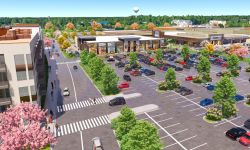What Michigan can learn from booming Columbus, Ohio
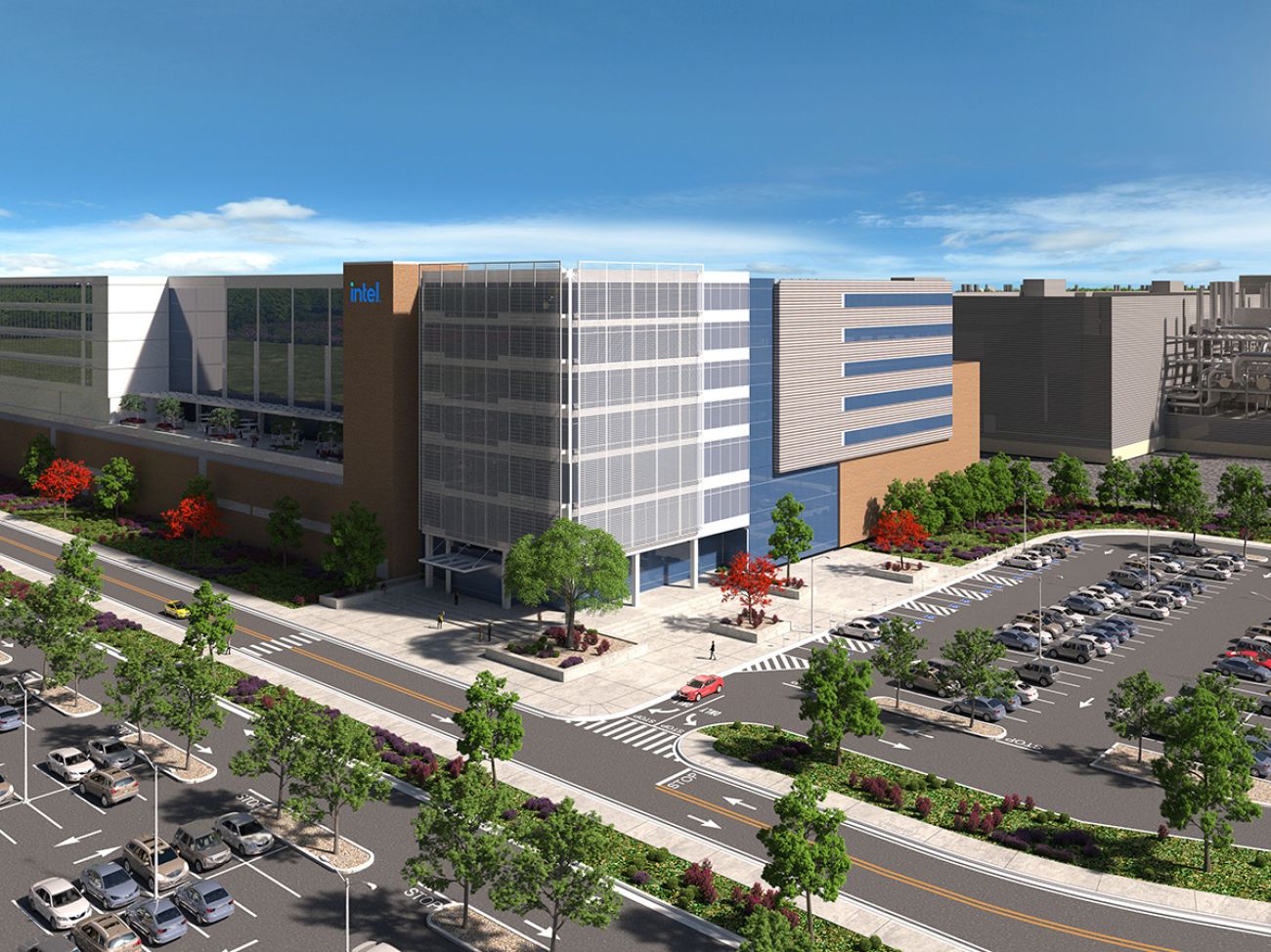

- Columbus was the fastest-growing metro in the Midwest from 2010 to 2020 and it’s expected to keep growing through 2050
- Like Michigan, most other areas of Ohio are losing people
- What makes Columbus stand out could offer ideas to Michigan, which is struggling to keep people and diversify its economy
COLUMBUS, Ohio — Ohio’s tourism slogan “The Heart of It All” could also describe its capital city of Columbus, a thriving metro with 50 years of growth and no signs that the pace of new businesses and people moving into the region will slow.
As Michigan struggles to keep young college grads and bring others into the state, Columbus stands out across the Midwest for its flourishing growth strategy.
Led by the arrival of a massive Intel chip plant, business growth in the Columbus region is now measured in the tens of billions, the city’s population is forecast to increase every year through 2050 and Ohio State University is overseeing a new semiconductor research center.
Related:
- Can Michigan defuse its population time bomb? See how far we fall short
- Michigan’s pitch to lure new residents: nature, high tech, abortion rights
- Michigan business leaders: ‘We’re a below-average state’ with no quick fix
The mix creates a vibrancy that pulls still more people to the city.
“It’s just a fun town to be in,” said Lisa Robitaille, owner of American Nut Co. in North Market, the downtown’s venerable public market.
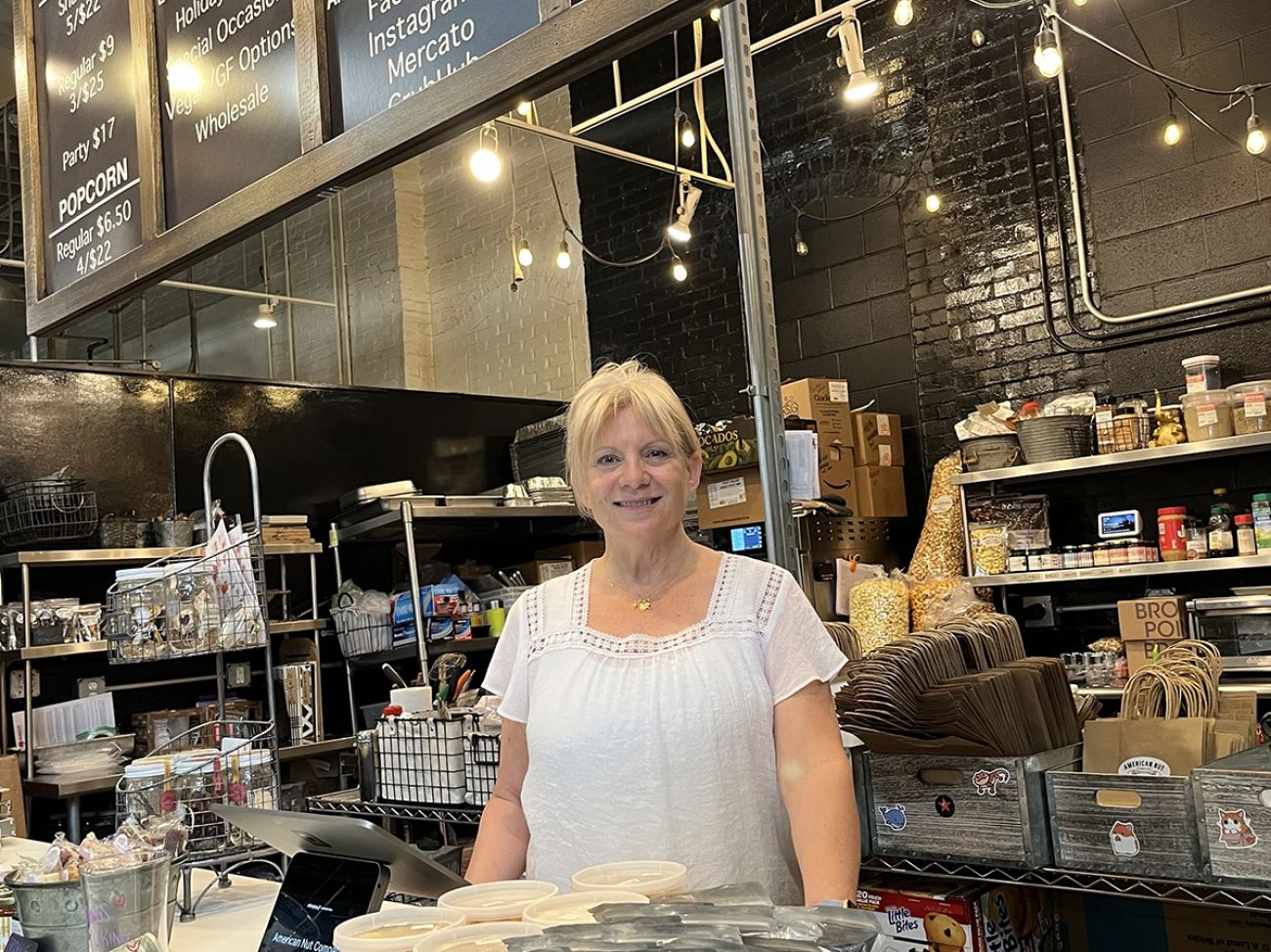
The Columbus region’s rising population runs counter to drops across the rest of Ohio, which, like Michigan, is getting older and stagnant, raising questions about its future. And it underscores national trends showing that thriving urban areas are driving population growth, and in turn attracting more residents.
“We don't have a beach. We don't have mountains here in central Ohio,” said Kenny McDonald, president and CEO of the Columbus Partnership, a regional economic development group.
What the region does have, however, are community and business leaders with an ability to anticipate industry trends, knowing the state’s top jobs recruiters and training programs will be ready to support new businesses that are most likely to grow, like semiconductors, aerospace and artificial intelligence.
And they know companies exploring Columbus will find people and business systems aligned to help them succeed, something that McDonald called “a ‘yes’ mentality.’”
That is the result, McDonald said, of the city, region and state mobilizing after the Great Recession to attract diverse employers and growing tech businesses — moves that in turn keep attracting more people to live here. Meanwhile, investment in amenities, like housing in the hip Short North area and a mile-long Scioto River park, kept them there.
“We wanted to control our own destiny,” McDonald said, “and actually get the business community more involved.”

Today’s payoff comes not just from Intel, the world’s second-largest chip maker which is building a $20 billion semiconductor factory in Licking County, just outside Columbus. It represents the largest economic development win in Ohio history. Google just announced its second data center in the Columbus region, which is now ranked 10th in the U.S. for data centers.
Across sectors — retail, distribution, financial services, housing — Columbus keeps attracting new, diverse investment. The Columbus Partnership pegs the value of these new investments so far at $34 billion.
In interviews with Bridge Michigan, leaders on the front lines of Columbus’ growth — including economic developers, Ohio State University’s top executive in charge of research and innovation and a Midwest-based venture capitalist — offered their views on what distinguishes the region.
Among the many factors they cited:
- JobsOhio, the statewide economic developer, bought the franchise for the state’s liquor sales, which generated about $1.7 billion in operating revenue in 2021, when it had a fund balance of $600 million. The unique model gives the nonprofit its own income stream to fund its efforts — like $150 million in workforce grants for Intel and non-tax credit incentives for other projects — instead of relying on tax dollars.
- Ohio State University set an OSU record for research funding, hitting $1.38 billion in 2022, while it integrates its research mission with the state’s economic development goals. Today, that includes leading semiconductor research across Midwest universities — including collaborations with Michigan State University and the University of Michigan — to build the U.S. chip industry and develop a workforce for it.
- The $2.2 billion venture capital firm Drive Capital, based in Columbus and focused on the Midwest, cultivates a startup and local investment culture, aided by investments by Ohio Third Frontier, the state’s venture capital arm.
- The political climate consistently focuses on business growth and diversification, while The Columbus Way attempts to deepen community consensus.
- Hometown pride, an intangible that many say results in people who have a stake in Columbus choosing to invest in its future and even take some risks.
And then there’s the atmosphere: city areas like the Arena District, Short North Arts District and Ohio State, with more than 60,000 students on campus, where vibrant entertainment and arts scenes attract visitors and new residents. Pro sports teams, a riverfront park and science center and thriving foodie scene all play into the image of the city as a place where people and businesses want to be.
Katie Birge, of M25, an early stage venture capital firm in Chicago, said Columbus consistently performs well on the business metrics used to rank startup business climates in Midwest cities.

Columbus reached number six in 2022, leaping ahead of both Ann Arbor and Detroit. She predicts it will move up.
“We’re always a little surprised when Columbus doesn’t crack into the top five of our rankings,” she said, “(because of) the vibe and the creativity that’s happening there.”
‘Explosion’ of businesses
Three hours from Ann Arbor, the Columbus region’s reach extends about 25 miles north from its downtown.
Newer apartment buildings, subdivisions, shopping centers and signs listing property for sale form a gateway to the growing region centered by downtown and Ohio State.
Columbus was the fastest-growing metropolitan area in the Midwest from 2010 to 2020, when the pace of people moving into the region more than doubled the growth in Ohio’s second-fastest growing area, Cincinnati.
Columbus’ regional growth of 12.5 percent during that decade was just ahead of Madison, Wisconsin, which grew 12.4 percent over that decade, Indianapolis (11.8 percent), Minneapolis-St. Paul (10.6 percent) and Grand Rapids (9.5 percent).
People talk proudly about how Columbus built its most recent success on its existing strengths. That is also happening in metro Detroit, as the auto industry moves to electrification and automakers seek software developers for new technology. But in Columbus, its legacy insurance businesses, anchored by the Nationwide headquarters, now generate startups. The first Honda factory in the U.S., built in 1982, plans to retool its campus for EVs and the company will build a $3.5 billion battery plant, expected to be completed late next year. And JP Morgan Chase offices in the city are now rooted in fintech, the technology that drives its traditional financial services.
At Ohio State, Woody Hayes Drive leads to the new Innovation Way, where the university is expanding its research capabilities, in part through a new mixed-use innovation district on 275 acres that could take up to 20 years to build out.
Top of mind for the school as it plans new facilities is population growth in Columbus and all of Ohio, said Peter Mohler, interim executive vice president for research, innovation and knowledge at Ohio State and chief scientific officer at the Ohio State University Wexner Medical Center. That distinguishes Ohio State from many research universities, he said, since relationships with economic developers and industry are a part of his role.
“All of these things are playing the long game,” Mohler told Bridge, “of how … our R&D goals align with economic development, long-term.”
And then there are the new businesses, the foundation that brings new people — and still more jobs — to the metro area.
“It's infectious,” said Don DePerro, president and CEO of the Columbus Chamber of Commerce.
DePerro took over chamber leadership in 2017, increasing membership by 76 percent to today’s 2,300 businesses. Most chamber members have 50 or fewer employees, he said, and the chamber’s focus has been to help them grow instead of recruit.
“But then we started getting this great success with attracting companies from the outside, which had not happened to any great degree in the past,” he said of the Columbus-wide business strategy, “and it really has a domino effect.”
Construction cranes fill the skyline in and around Columbus, signs of new apartments, OSU research buildings and warehouses.
At the Intel site east of New Albany, part of the metro area with land still available for large projects, those cranes will be a fixture for years.
“The cranes will never leave the site,” DePerro said, describing how the first two semiconductor “fab” buildings will be followed by six more over two decades, according to company projections.
Intel is celebrated not just for what it is expected to generate on its own, but how it already magnifies what the Columbus area offers to businesses seeking to be close to it.
“We're now working with between two to three dozen direct suppliers who are coming here to produce materials that Intel will need,” DePerro said.
Land prices around Intel near New Albany, about 15 miles northeast of Columbus where the company’s campus is being built, jumped as much as five times higher than before the announcement, said Derek Lichtfuss, director of Newmark commercial real estate office in Columbus. Water electrical lines are being added to the nearly 1,000 acres set aside for the facility, which should open in 2025.
But growth radiates beyond the chip maker, which is receiving about $2 billion in state incentives. According to Newmark, 43 industrial projects are proposed in the region, totaling 23 million square feet. And while the hottest area is in Licking County, around New Albany, the Rickenbacker Airport area is bringing growth south.
The national businesses signing high-profile deals in Columbus signal a shift in the region over the last five years, Lichtfuss said. While local expansion used to drive 75 percent of commercial transactions, that’s flipped to 75 percent national.
“Columbus has become more of a national market and more recognized by the capital markets as being a desirable investment area,” Lichtfuss said.
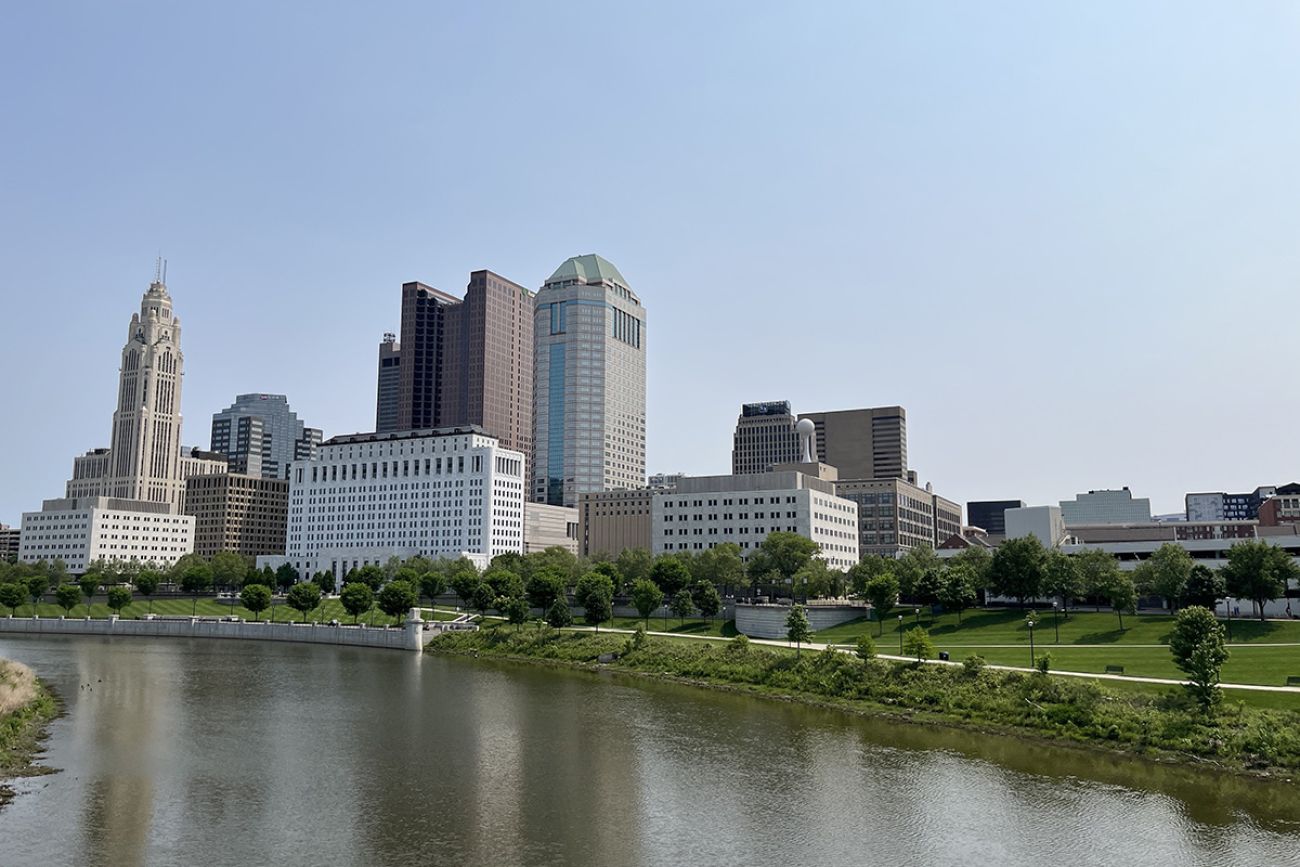
An example is Pharmavite, a California company that will open a 225,000-square-foot manufacturing facility in New Albany, creating 250 jobs making Nature Made vitamins. Company leaders celebrated their proximity to what they called Columbus’ “emerging science, innovation, and technology hub.”
The smallest businesses benefit from the increase in population, too.
At North Market near the Greater Columbus Convention Center, the weekday lunch rush starts well before noon as people walk from all directions to the collection of independent vendors that’s become a destination for its variety of artisanal food, ranging from pretzels and Middle Eastern dishes to pierogi.
Robitaille, of American Nut Co., moved to greater Columbus seven years ago from Los Angeles to be closer to family living in Westerville, northeast of downtown.
She started her flavored nut business by selling at farmers markets, then — after a couple of years on a waitlist — got into North Market as the pandemic struck.
“When I first moved here, I had no idea that Columbus was going to grow in such a short amount of time,” Robitaille said.
That, in turn, prompted locals to start businesses “left and right,” she said.
What surprised her were the other businesses who sought out her products, like hotels and bars, and the opportunity to supply snacks at the new soccer stadium for the Columbus Crew, the city’s MLS professional team.
“People will go out of their way to support local businesses,” she said. “People have a lot of pride in Columbus. Everyone likes to support local beer and local food.”
On Michigan’s radar
Columbus’ story is being followed in Michigan, where elected officials and business leaders increasingly point to reforms needed in the state’s economic development strategy, 18 months after bipartisan legislation created the $1.6 billion Strategic Outreach and Attraction Reserve (SOAR) fund that has targeted large-scale electric vehicle battery factories offering production jobs.
Today, Michigan is building “a state with a strong manufacturing economy offering a great quality of life at a good cost of living,” Democratic Gov. Gretchen Whitmer said Monday in a news release.
But while the Michigan megasites are promising production jobs with starting pay just over $40,000, the Intel project is promising to pay an average of $135,000 to attract engineers and other, higher-educated workers to Columbus.
Ann Arbor tech entrepreneur and Duo Security co-founder Dug Song praised Columbus’ startup and venture capital culture in March during a Senate Economic and Community Development hearing in Lansing.
What Ohio is doing right, he later told Bridge, is focusing on growth and “anything that is oriented around the new economy that Ohio needs versus the old one.”
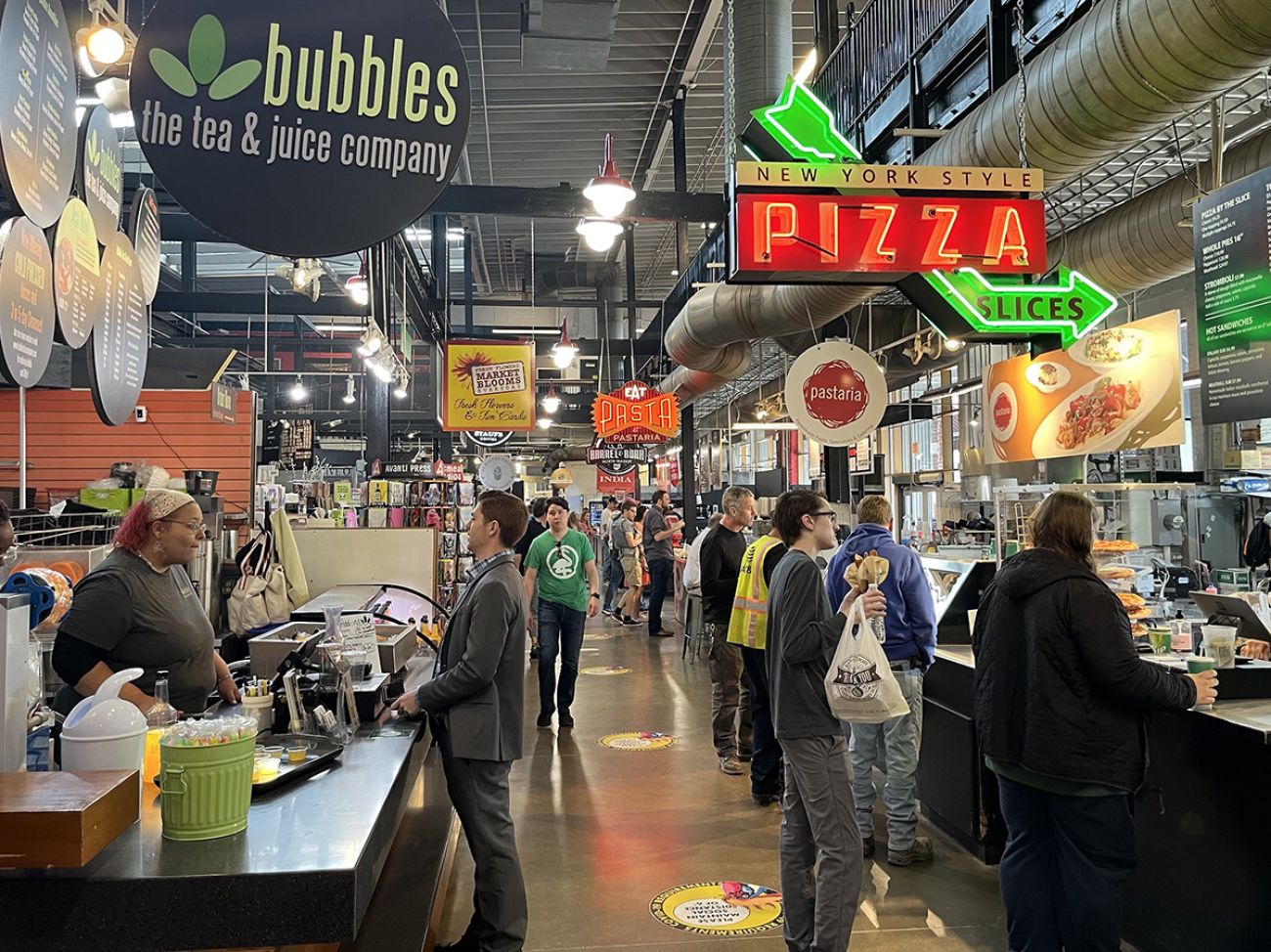
Aerospace, cybersecurity, artificial intelligence, advanced manufacturing, mobility and health care all require an educated workforce and a way to get people that training, Song said.
“JobsOhio is a strategy that squarely centers innovation as the strategy for the state's growth,” Song said.
As the Intel project illustrates, newer, tech-centered jobs pay higher wages.
In Columbus, the median household income is $71,839, higher than the U.S. median of $69,717, and also higher than the seven-county Detroit area, Michigan’s largest metro, where median household income is $69,021.
Business Leaders for Michigan (BLM) — which released one of two major calls-to-action made in May to address the state’s population stagnation — recognized the “really innovative moves” Ohio made more than a decade ago, including the unique JobsOhio funding structure for economic development, BLM CEO Jeff Donofrio told Bridge.
Today, Michigan ranks 31st in the U.S. when measuring household income, educational attainment, business climate and business creation. Ohio rose from 33rd to 23rd in the last year.
About Columbus, Ohio
City: 14th largest in U.S., with over 900,000 residents
Metro area: About 2 million people
Ohio’s capital:
- Home to Ohio State University, the nation’s third largest public university with more than 60,000 students enrolled
- One of just six U.S. top cities to grow during the pandemic
- Leading business developments include investments from Intel, Google, Amazon, Honda
The reason, BLM said, is that Ohio shows ”consistent growth in core business metrics and makes it easy for companies to do business in the state.” In contrast, the group calls for less regulation and more predictability in Michigan, where Donofrio said prospective businesses encounter roadblocks that make doing business in the state harder than in other places.
Ohio businesses, for instance, don’t pay tax on their equipment. And residents typically pay property taxes, state income taxes as well as local income taxes in most communities, each with defined and specific purposes.
While Ohio is not a low-tax state, there is some predictability. That may seem contrary to the successful Sunbelt population recruiting strategy of no income tax and low cost of living, but DePerro of the Columbus chamber said people in Columbus understand the benefits from their tax payments.
“The big advantage is that the property taxes go to the school districts … and your income tax to the community,” he said. In contrast, many city income taxes in Michigan help fund cities with declining populations.
“We don't have a lot of broke communities here,” DePerro said of Columbus.
People making choices
Abei Saed moved to Columbus in 2010 after working in Chicago for about five years.
The IT professional had gone to college in Ohio, and he looked at the Buckeye State when Chicago started to feel too big and expensive, he said.
“I’m glad I did,” Saed said as he paused during a shopping trip to Easton Town Center, a 2-million-square-foot outdoor lifestyle center north of the city voted by Chain Store Age magazine as the top retail center in the U.S.

The location and perception of Columbus — of affordability, safety, education quality and jobs — drove his move, and he suspects it may fuel others’ moves there.
For example, about 36 percent of graduating Ohio State students stay in the Columbus area, while half stay in Ohio. Michigan keeps about 40 percent of University of Michigan graduates.
Saed owns a home in the region and said he feels insulated from some cost increases driven by inflation and population growth. Some of his friends who live in Easton rental apartments have seen steep rate increases.
With more people, he said, “the competition starts” driving rates up.
Yet much about Columbus remains relatively affordable to outsiders. Apartments prices increased nearly 12 percent last year and about 6 percent so far this year. However, the city’s overall apartment rent of $1,224 is less than the nation’s average of $1,355, according to Apartment.com. Metro Detroit’s average rent for a two-bedroom apartment is $1,390.
The median home sales price in the area, meanwhile, was about $270,000, compared to $227,800 statewide. In Michigan, the statewide year-to-date median sales price was $250,000 in April.
Northeast of the Intel site, pedestrians in the small downtown of Johnstown now may have to wait for a dozen or more cars to pass on North Main Street before they can cross. That’s just one sign of growth in the bedroom community of about 5,200 people.
“It seems like everything is growing up around here,” said Kate Rose, a server in the retro-themed Dashing Diner Uptown.
Rose just moved from Marengo, about 30 minutes to the north. The metro area offers diversity, proximity to her boyfriend’s family and she can walk to work. And she doesn’t complain about things like the increase in traffic, she said: it conveys that the area is thriving.
“You can tell it’s definitely going to bring huge changes,” Rose said of the developments in progress. “Some people may not be ready for it, but I think it’s going to be good.
Business Watch
Covering the intersection of business and policy, and informing Michigan employers and workers on the long road back from coronavirus.
- About Business Watch
- Subscribe
- Share tips and questions with Bridge Business Editor Paula Gardner
Thanks to our Business Watch sponsors.
Support Bridge's nonprofit civic journalism. Donate today.
See what new members are saying about why they donated to Bridge Michigan:
- “In order for this information to be accurate and unbiased it must be underwritten by its readers, not by special interests.” - Larry S.
- “Not many other media sources report on the topics Bridge does.” - Susan B.
- “Your journalism is outstanding and rare these days.” - Mark S.
If you want to ensure the future of nonpartisan, nonprofit Michigan journalism, please become a member today. You, too, will be asked why you donated and maybe we'll feature your quote next time!


